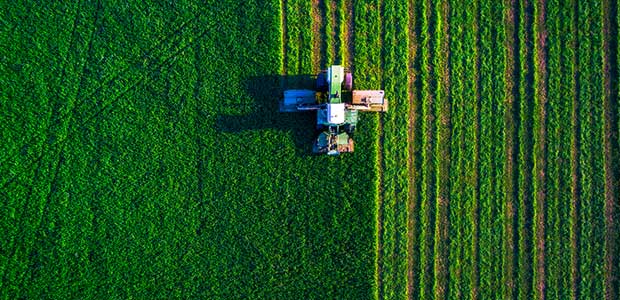
British Fatal Injuries Led by Agricultural and Construction Sector Workers This Year
A report by the Health and Safety executive shows that self-employed workers in the Agricultural and Construction sectors were the most prone to fatal injuries in the 2018-2019 year.
Recent research by the Health and Safety Executive is showing that British agricultural farms need greater safety awareness measures, as nearly a quarter of fatal injuries last year were to workers in the Agricultural and Construction sectors.
There were 147 workers killed last year, and of those, 32 worked in the Agriculture, Forestry and Fishing sector. Nineteen of these workers were self-employed. In the Construction sector, 30 workers were killed and 13 were self-employed. The most common cause of death from these industries was falls from heights, and the second most common was being struck by a moving vehicle.
Compiled research from 2014 to 2019 also shows that agriculture, forestry, and fishing and waste and recycling have the highest injury rates, some 18 times and 17 times as high as the average across all industries respectively.
Alan Plom, chair of IOSH’s Rural Industries Group, said it’s disappointing to see all the other industries reducing their incidence rate of fatalities, while the Rural Industries Group continues to have a high rate. He said the group must try harder to convey their safety messages.
“It comes down to attitude in the industry and we need to change the culture of 'risk acceptance' by starting to 'normalise' good practice, not risk-taking, and by working closely with organisations producing content for TV and other channels to make sure good practice is being depicted on screen to positively influence behavior,” Plom said. “We all need to look very hard at how we currently try to convey the key safety and health messages, as in many cases it is clearly not effective.”
Plom said that the group will kickstart these efforts by sharing information, adopting new methods of communication and training to target their messages more effectively, collaborating with other organizations in the sector, and using their own networks to spread the word.